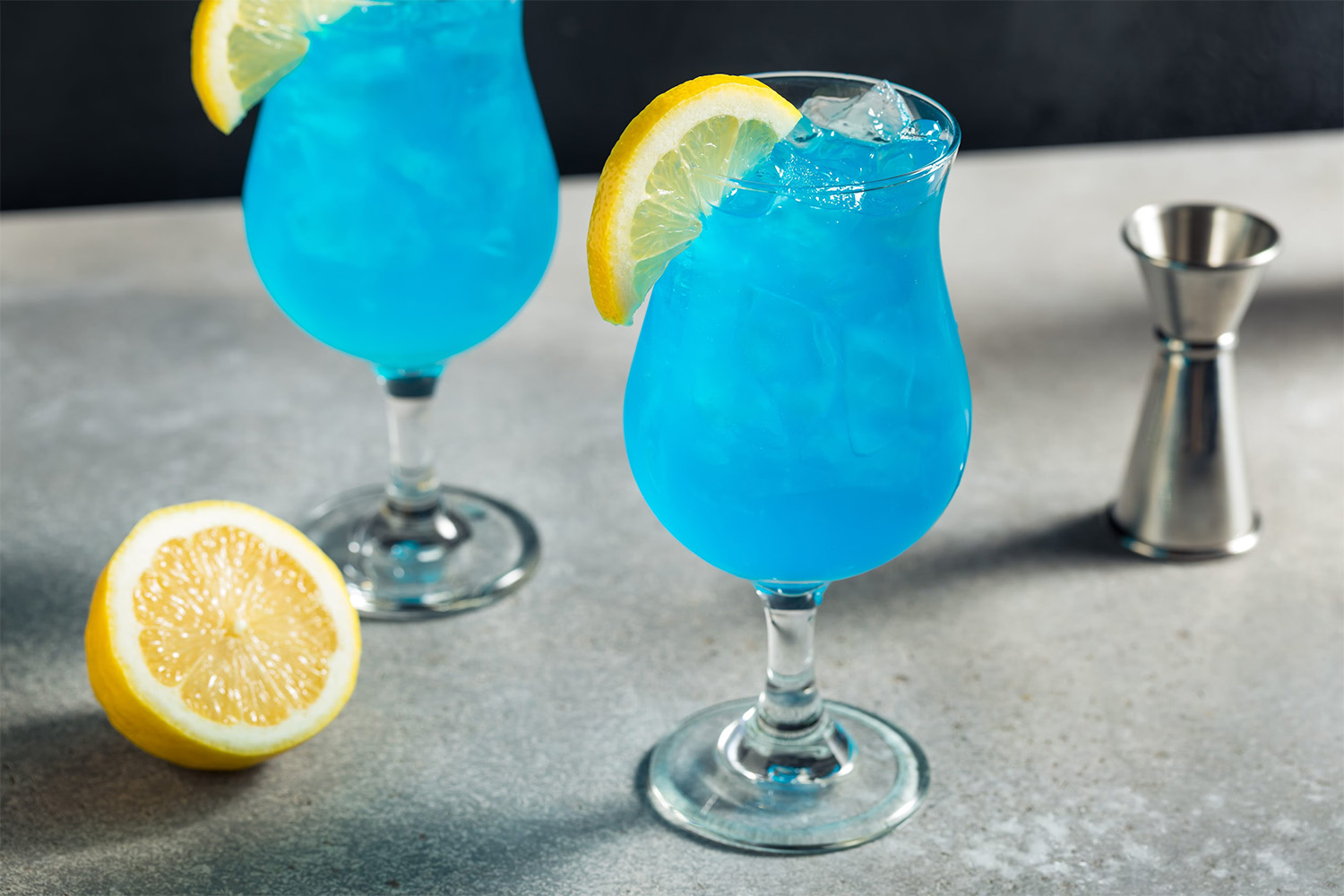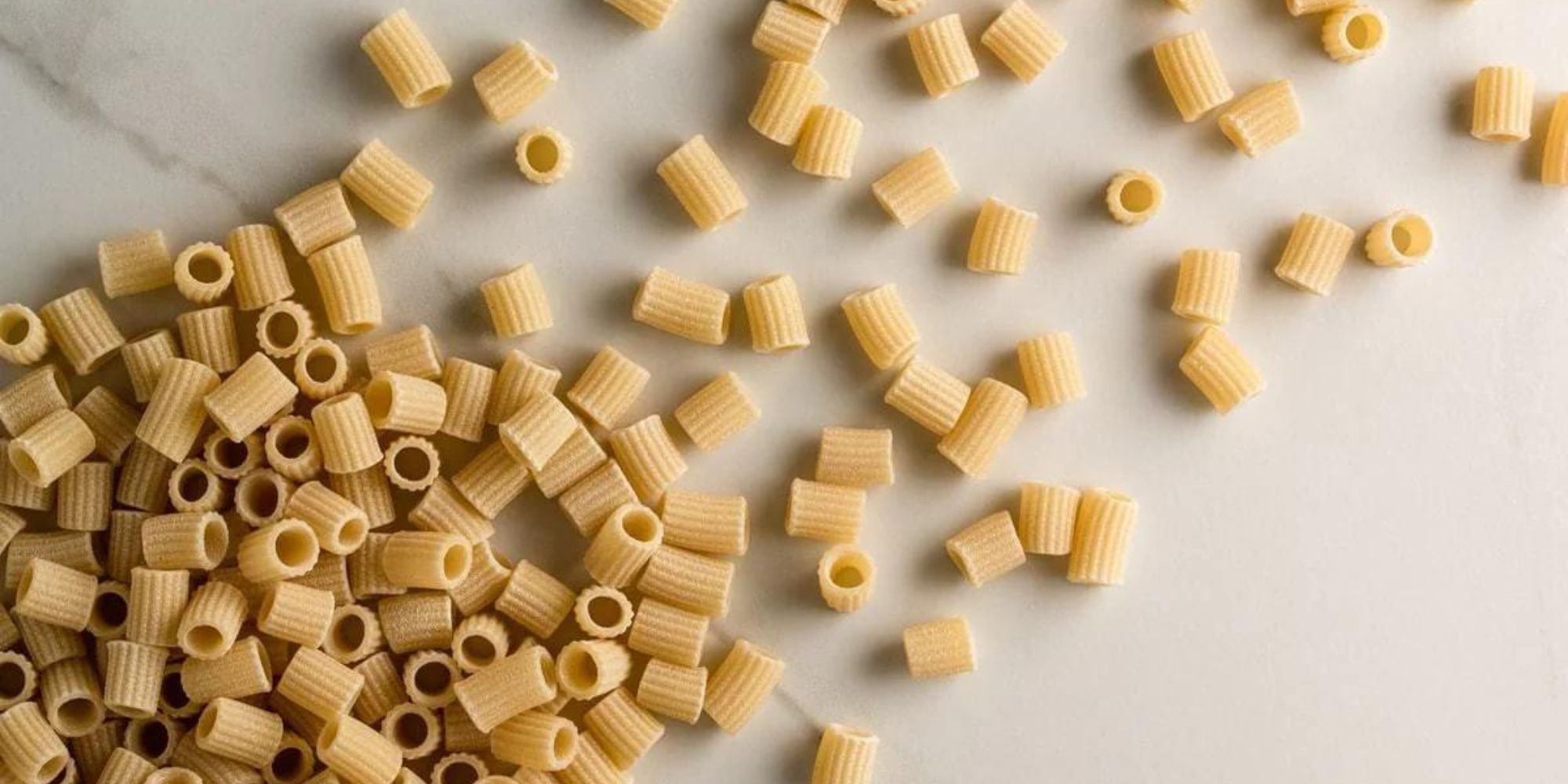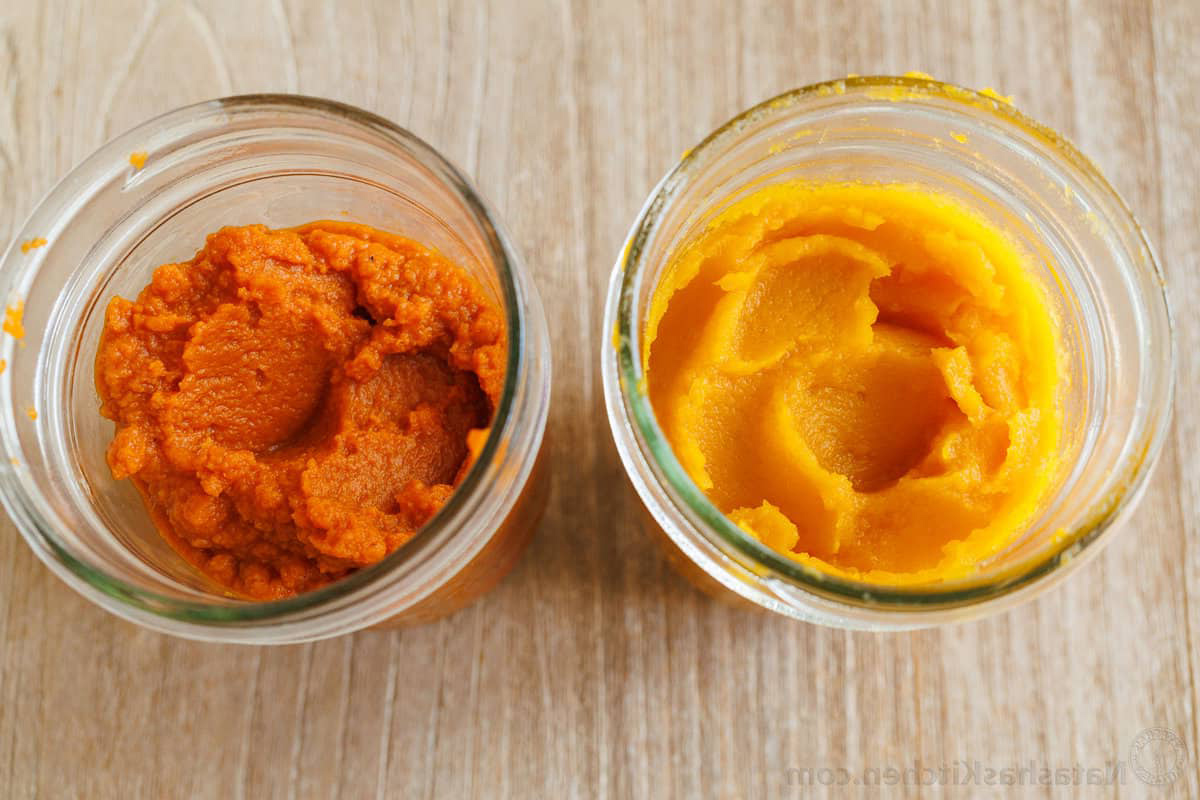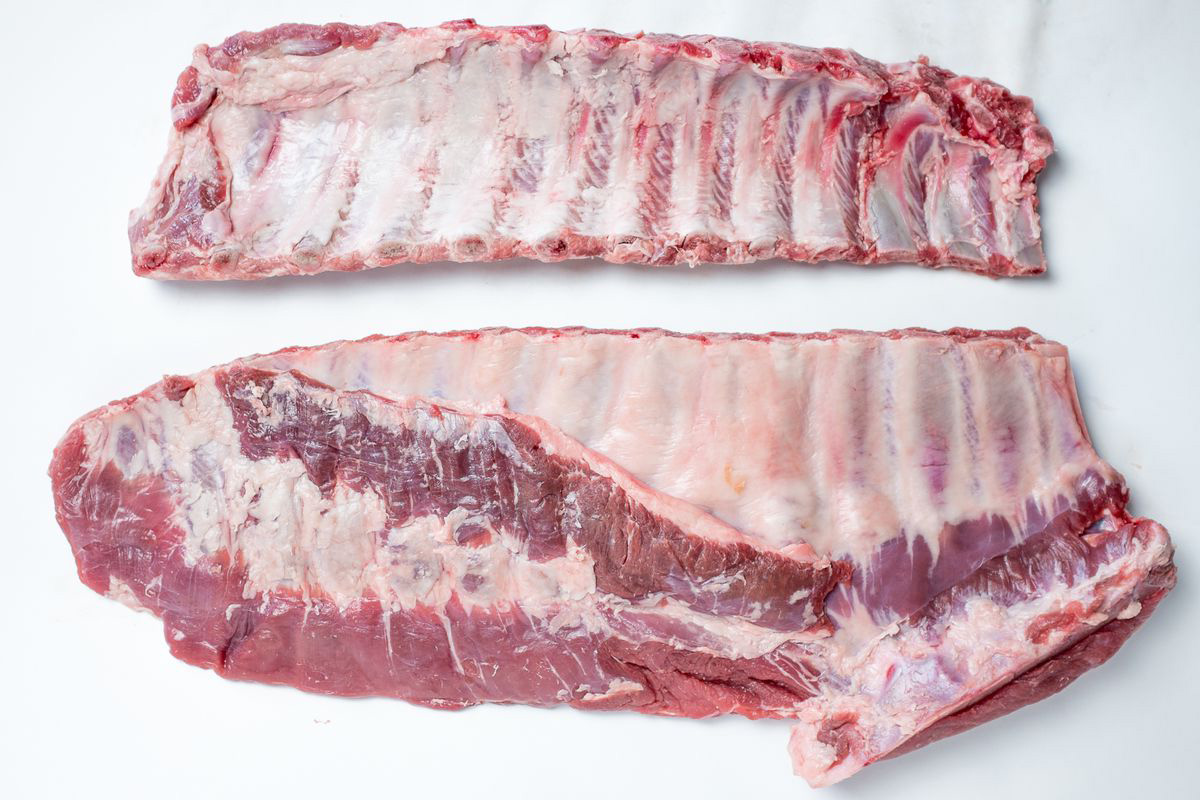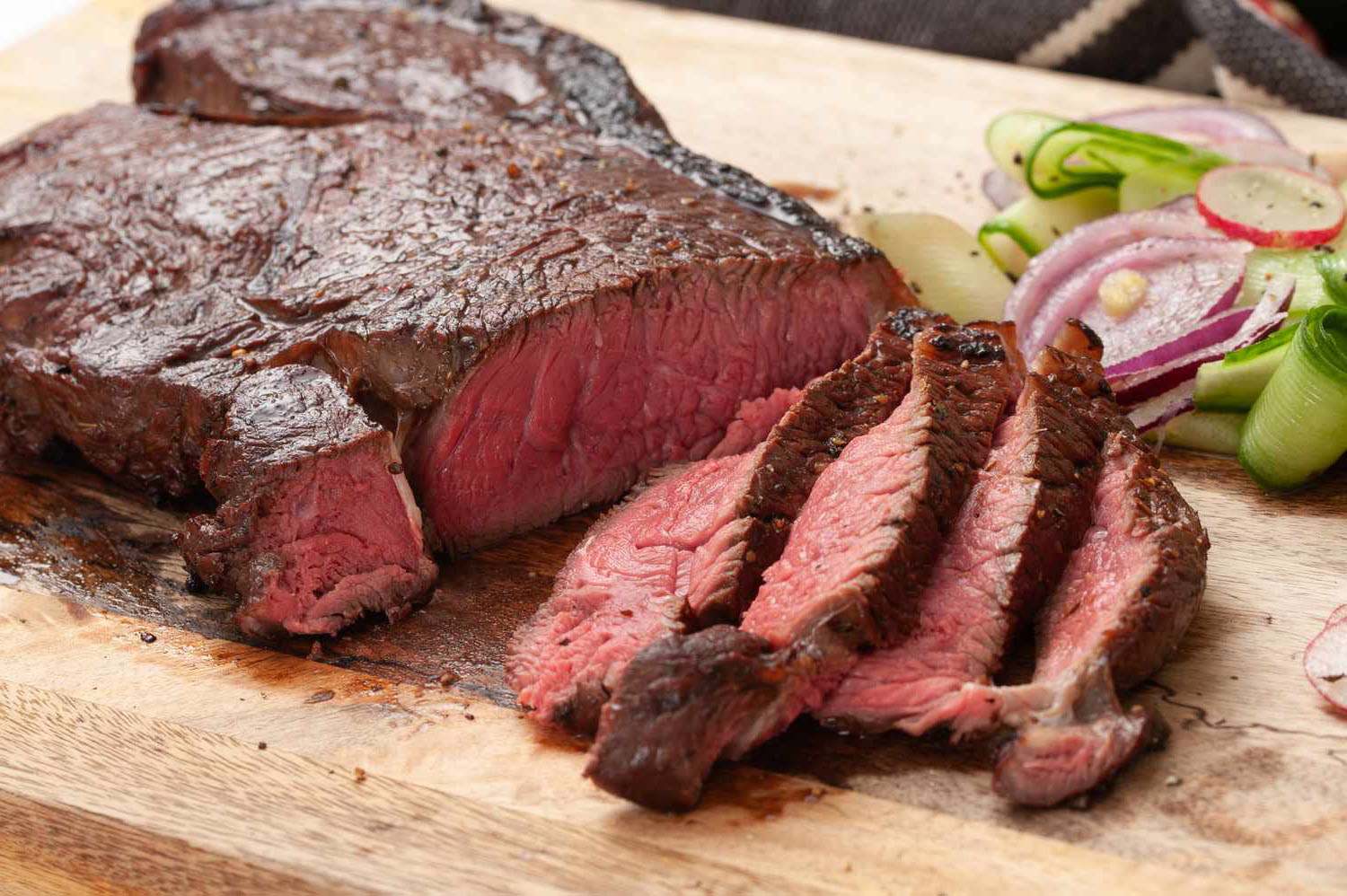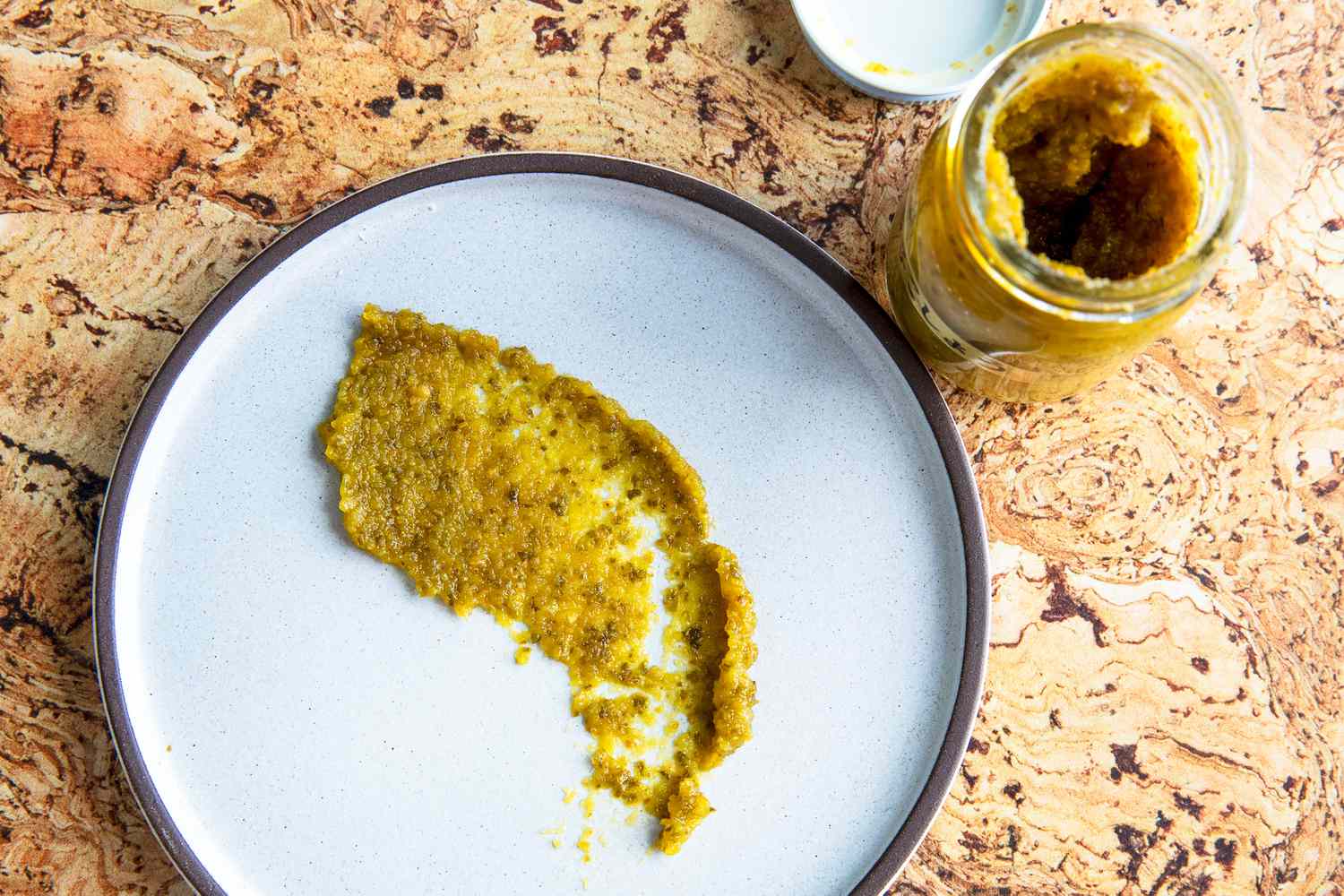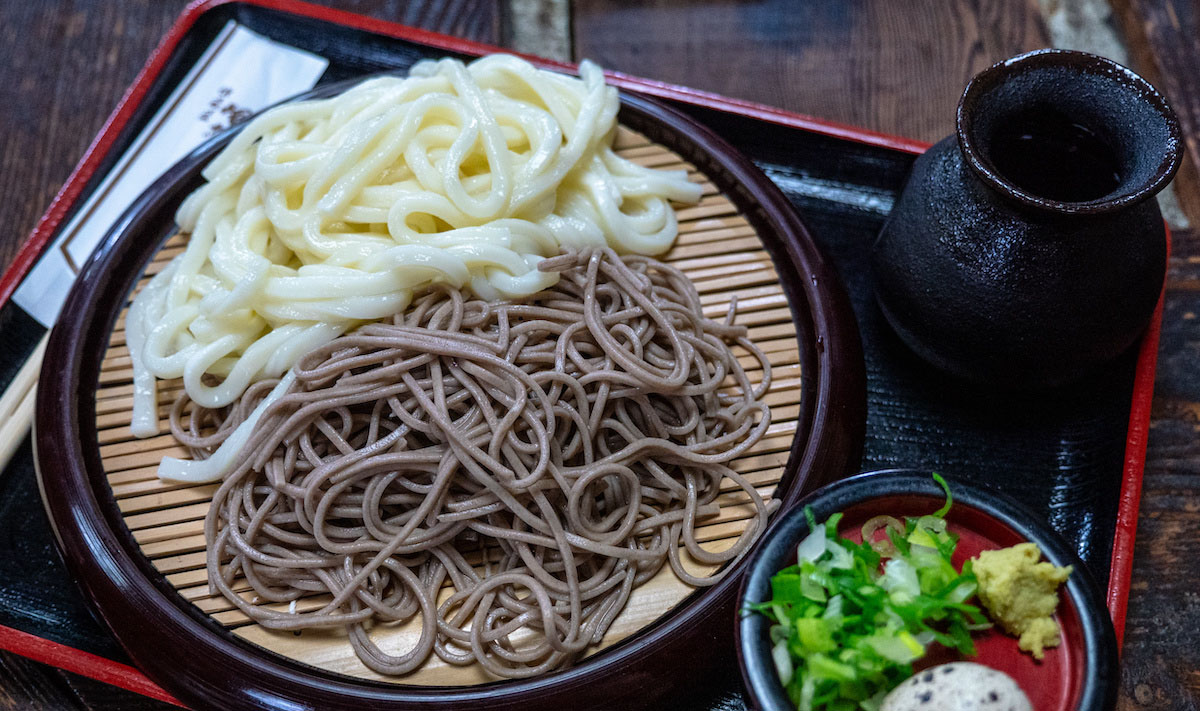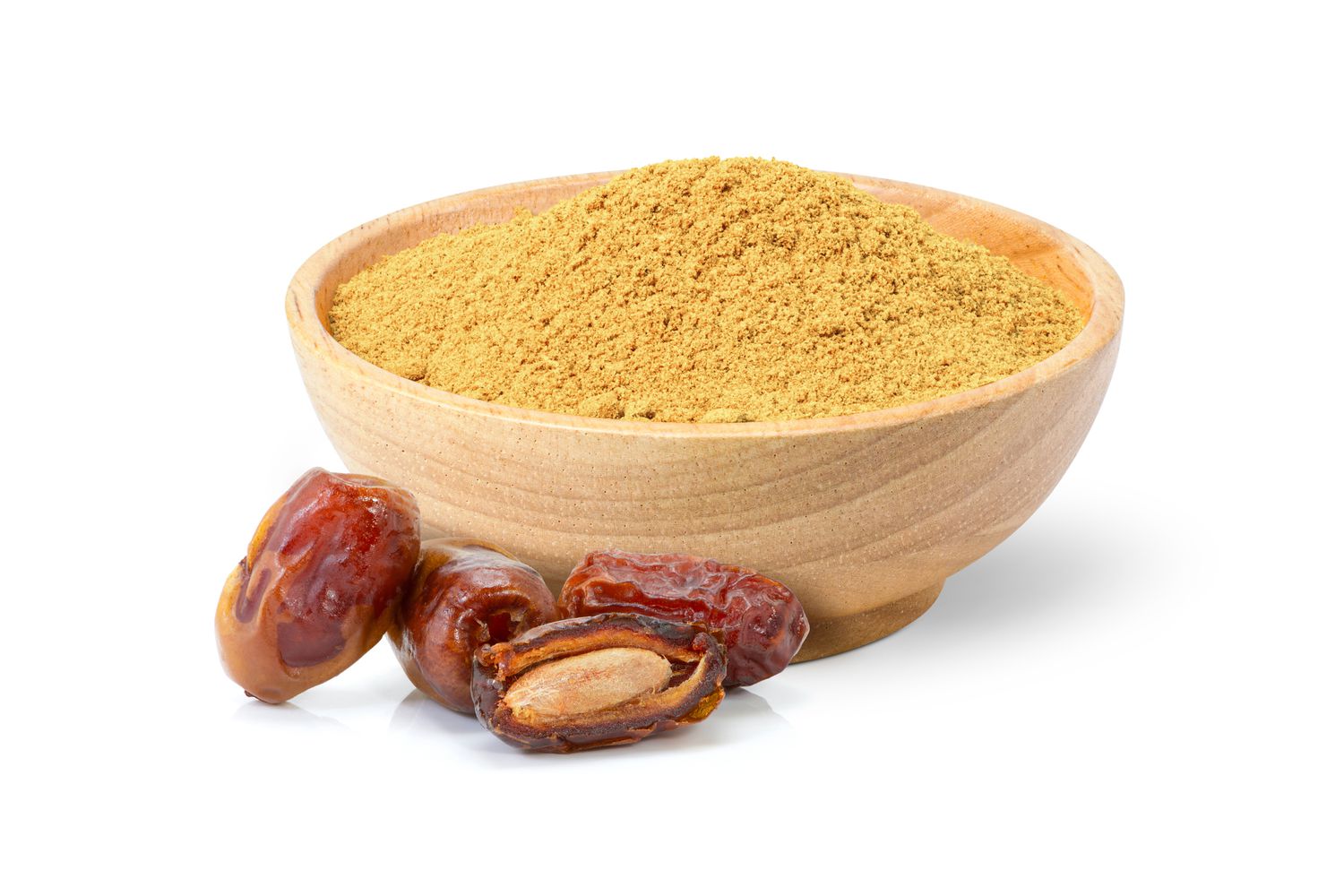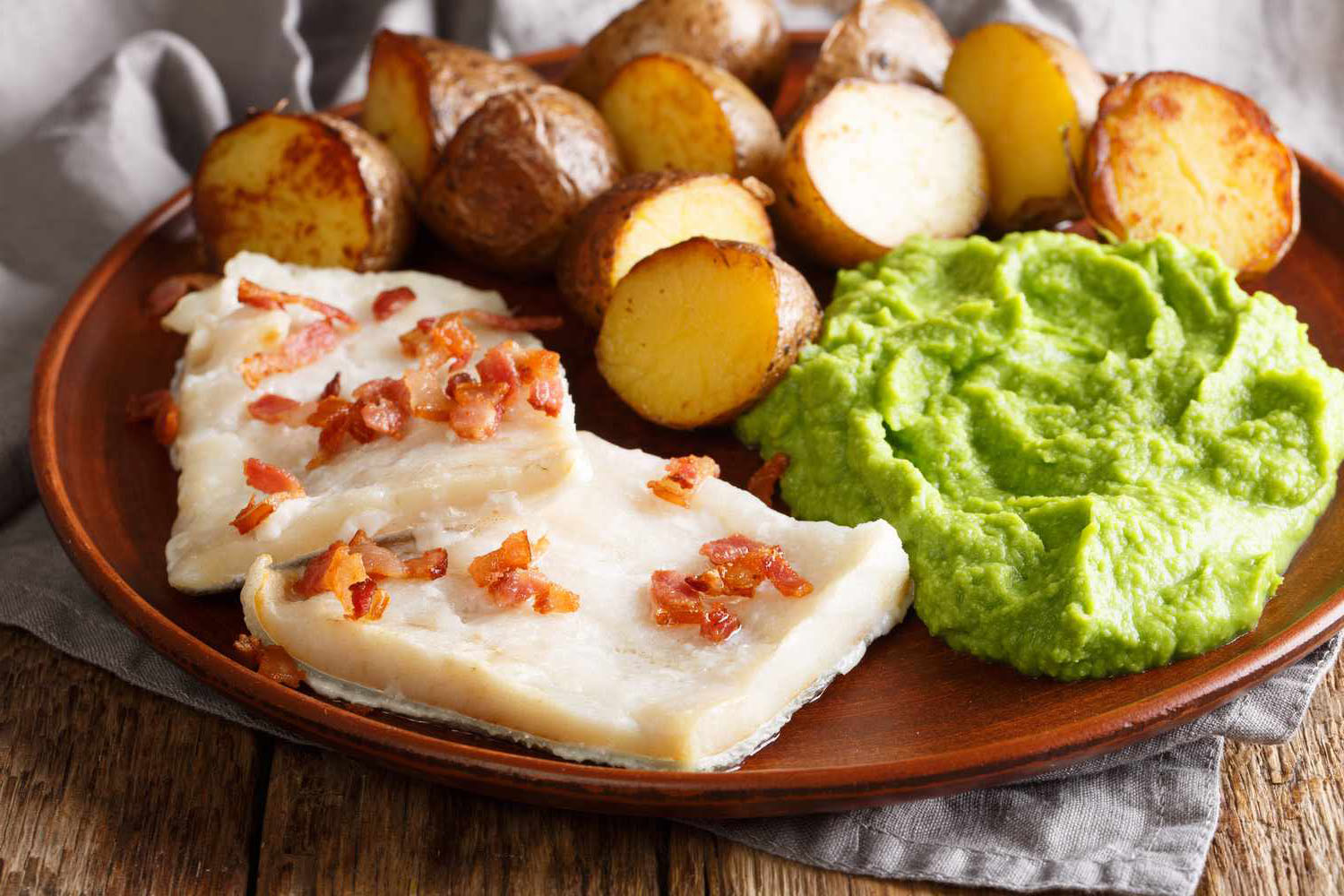When it comes to Japanese cuisine, two popular dishes that often get confused are nigiri and sashimi. While both are delicious and showcase the fresh flavors of seafood, they are actually quite different. Let's dive into the nuances of each dish and explore what sets them apart.
Nigiri
Nigiri is a type of sushi that consists of a small, hand-pressed mound of vinegared rice with a slice of raw fish or seafood on top. The word "nigiri" actually means "two fingers" in Japanese, which refers to the way the rice is formed by the sushi chef using their hands. Here are some key points to know about nigiri:
- Rice: The rice used in nigiri is seasoned with a mixture of rice vinegar, sugar, and salt. It is important for the rice to be slightly warm when making nigiri to enhance its texture and flavor.
- Toppings: Nigiri can feature a variety of toppings, including fish such as salmon, tuna, yellowtail, or eel, as well as other seafood like shrimp or octopus. In some cases, non-seafood toppings like tamago (sweet omelet) or tofu may also be used.
- Condiments: Nigiri is typically served with a small amount of wasabi between the rice and the fish. Soy sauce is also provided for dipping, and pickled ginger (gari) is often served as a palate cleanser between bites.
Sashimi
Sashimi, on the other hand, refers to thinly sliced, fresh, raw fish or seafood that is served without rice. Unlike nigiri, sashimi is focused solely on the quality and flavor of the fish itself. Here are some key points to know about sashimi:
- Presentation: Sashimi is often presented artfully on a plate, showcasing the vibrant colors and delicate textures of the various fish slices. It is typically accompanied by garnishes such as shredded daikon radish, shiso leaves, or seaweed.
- Variety: Sashimi can encompass a wide range of seafood, including tuna, salmon, yellowtail, mackerel, squid, and scallops, among others. The selection of sashimi may vary depending on the restaurant and the availability of fresh, seasonal ingredients.
- Dipping Sauce: While soy sauce is commonly used as a dipping sauce for sashimi, it is important to use it sparingly to avoid overpowering the natural flavors of the fish.
The Key Differences
Now that we've explored the basics of nigiri and sashimi, let's summarize the key differences between the two:
- Rice: Nigiri includes vinegared rice, while sashimi is served without rice.
- Toppings: Nigiri features a slice of fish or seafood on top of the rice, while sashimi consists of thinly sliced fish or seafood presented on its own.
- Focus: Nigiri emphasizes the harmony of rice and fish, while sashimi highlights the pure, unadulterated flavors of the seafood.
Enjoying Nigiri and Sashimi
Whether you're a fan of nigiri, sashimi, or both, there are a few tips to keep in mind when enjoying these dishes:
- Freshness: Look for a reputable sushi restaurant that prioritizes the use of fresh, high-quality seafood for both nigiri and sashimi.
- Etiquette: When eating nigiri, it's best to consume it in one bite to fully experience the combination of flavors. For sashimi, use chopsticks to pick up the slices and dip them lightly in soy sauce before savoring each piece.
- Appreciation: Take a moment to appreciate the craftsmanship and artistry that goes into preparing nigiri and sashimi. The delicate balance of flavors and textures is a testament to the culinary expertise of the sushi chef.
In conclusion, while both nigiri and sashimi showcase the exquisite flavors of fresh seafood, they each offer a unique dining experience. Whether you prefer the subtle interplay of rice and fish in nigiri or the pure, unadorned elegance of sashimi, both dishes are a testament to the rich culinary tradition of Japanese cuisine. So, the next time you find yourself at a sushi restaurant, consider trying both nigiri and sashimi to fully appreciate the diversity of flavors and textures that they have to offer.
Was this page helpful?
Read Next: What Is Maple Flavoring

